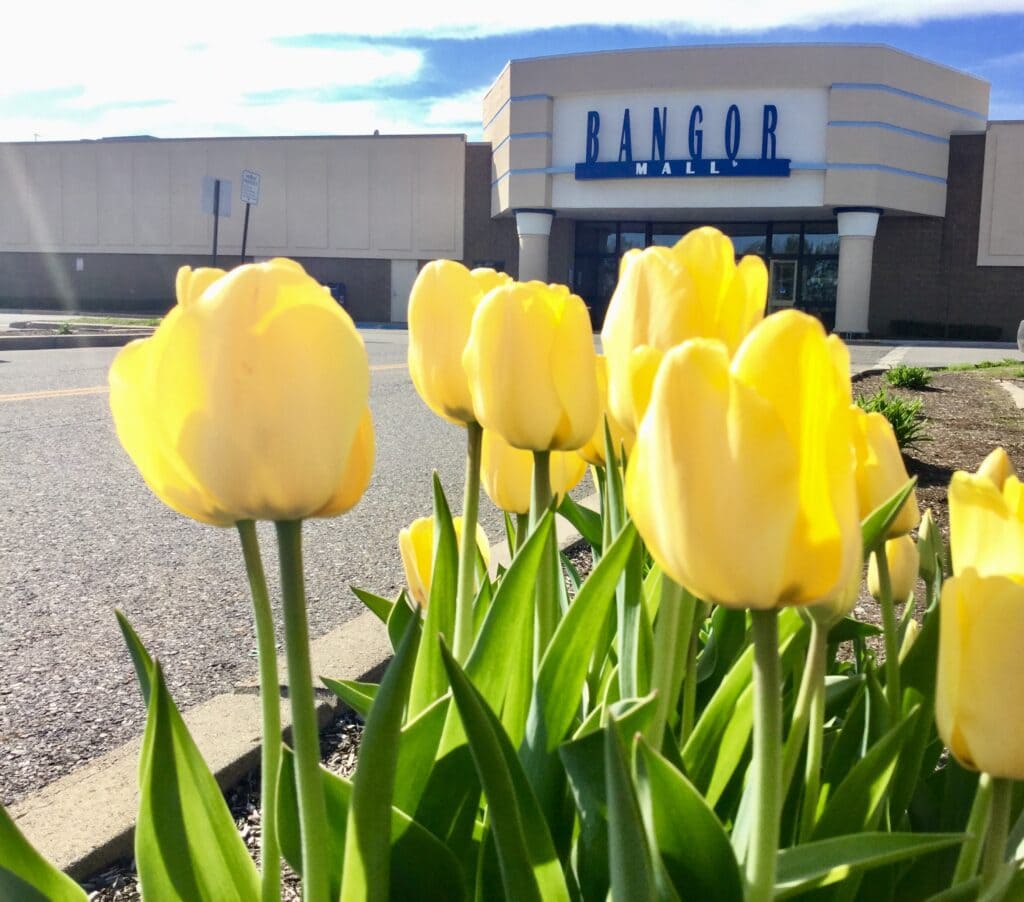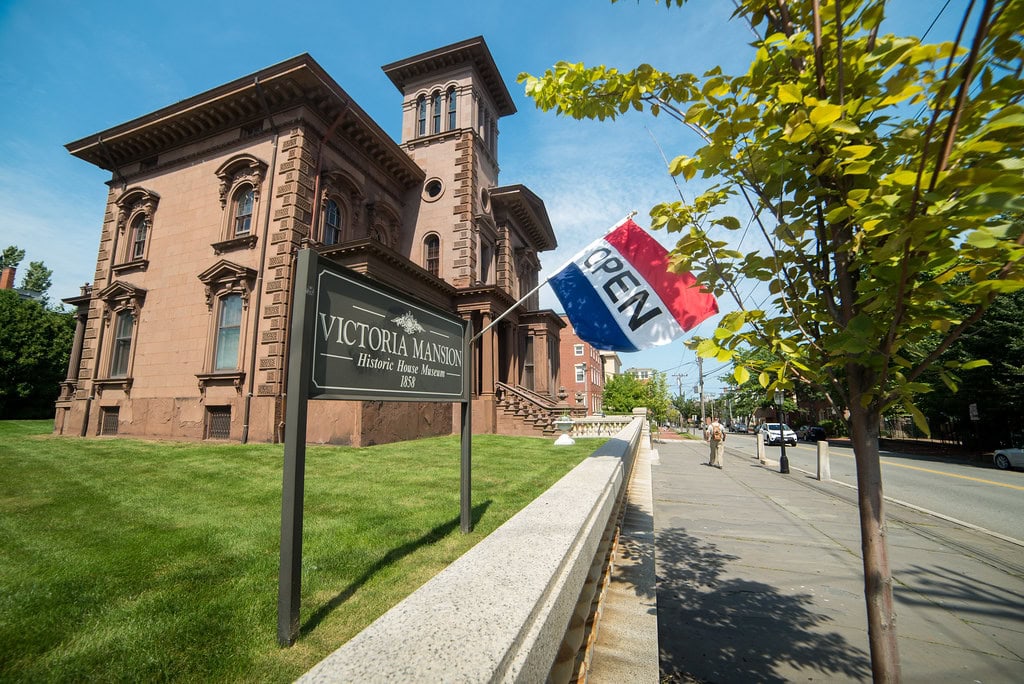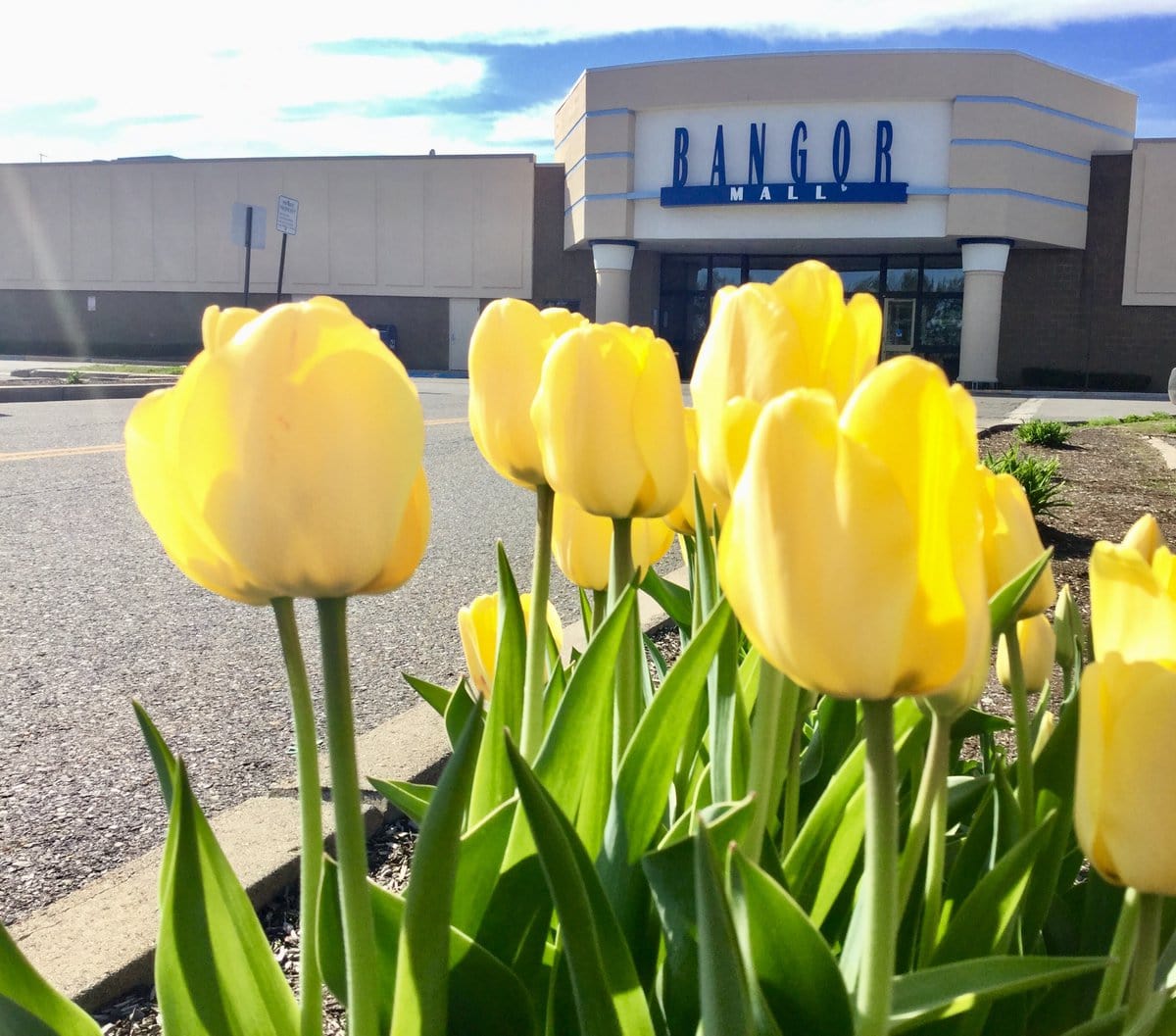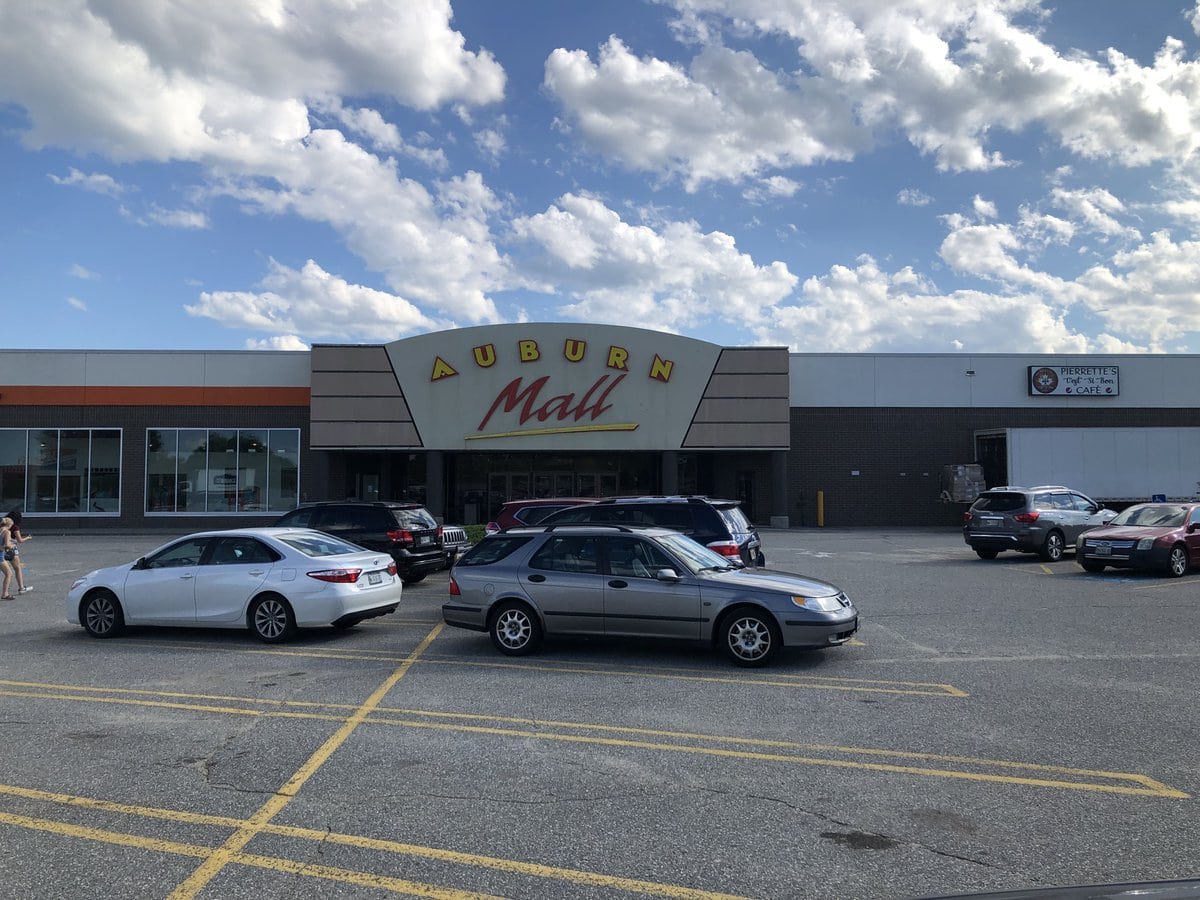Ground Lease and Grand Openings - Retail Comes to Stillwater Avenue
The field smelled like milk. Locals still remember that. Before Bangor Mall broke ground in 1977, the land off Stillwater Avenue had been a dairy farm.
Forty-five years later, people still sometimes call it that - even if there's no trace of the old barn.
Kravco Company signed on as a developer. The Pennsylvania-based firm had already built malls across the Northeast.
In Bangor, they saw a gap: no enclosed shopping center within 100 miles. Construction crews leveled the farm and poured concrete.
By October 1978, the mall opened. One level, 60 acres, anchored by Sears and JCPenney.
It was the first of its kind in Penobscot County.
The timing helped. Interstate 95 had recently expanded, and the mall sat between exits 186 and 187.
For residents of Old Town, Orono, and even further north, Bangor Mall became the place to shop.
Parking lots stayed full. Inside, teens gathered near the Orange Julius. On Saturdays, families made a day of it - shoes at Kinney, lunch at Papa Gino's, maybe a movie later.
By the early 1980s, retail dollars in Bangor were flowing through the mall. Commercial leases filled quickly, and foot traffic climbed.
For shoppers without many other options, this place was something new. It turned Bangor Mall into a draw - for clothes, electronics, and one of the few things to do in Bangor, Maine, on a cold weekend.
The mall didn't try to do too much. There were no indoor fountains or glass elevators. It had beige tiles, steady lighting, and the smell of pretzels near the food court.
What made it work was consistency. By 1985, it had become part of the local routine. Even people who didn't like shopping came here - because everyone else did.
Tenant Turnover and Retail Realignment
Filene's came in late. By the time it opened in 1998, Bangor Mall had already seen two decades of stable leasing.
The store arrived during a renovation that lasted from 1996 to 1998. New tile, updated entrances, and fresh signage - management was still investing back then.
Filene's didn't last long under that name. Like many department stores in the region, it was absorbed into Macy's.
The signage changed, but the footprint stayed the same. It was one of the mall's anchors - until 2017, when Macy's shut down the Bangor Mall location entirely.
A year later, Furniture, Mattress and More took over the space. It's still there.
Porteous closed in 2003. The Maine-based chain had been in trouble for years, and Bangor Mall was no exception.
That anchor sat dark for a few months before Dick's Sporting Goods moved in. The shift - from regional apparel to national athletics - matched where retail was heading.
Stores wanted broad appeal. They needed foot traffic that stayed long enough to buy.
Sears didn't leave until 2018, even though it had been there since the beginning. When it closed, there wasn't much ceremony. The building stayed vacant until a used car dealership tried to take over the space.
The plan fell apart fast. The person behind the business was convicted of fraud. The building was condemned for code violations. As of now, it's still sealed up.
That's left JCPenney, Dick's, and Furniture, Mattress and More holding down the anchor spots.
All three remain open. But inside the mall, smaller stores have thinned out. The turnover is steady, and some leases are month-to-month.
Others never get renewed. Retail strategy shifted after 2010, and Bangor Mall started feeling that drop before the widespread outbreak ever hit.

Acquisition and Asset Management
In 2019, Simon Property Group walked away. They had defaulted on an $80 million loan tied to Bangor Mall. Within months, Namdar Realty Group stepped in. The price was $12.6 million.
Namdar owns dozens of distressed malls across the country. Their model focuses on low acquisition costs, minimal reinvestment, and short-term leases.
That approach works in some places, but Bangor Mall has proven harder.
Since the sale, tenants have reported stalled maintenance, uneven temperature control, and delayed repairs.
Some say light fixtures stay broken for months, and others mention roof leaks that never get patched.
The management office handles lease renewals, but complaints about conditions often go unanswered.
City inspectors started tracking violations. Staff turnover inside the mall increased. Storefronts went empty and stayed that way.
Local businesses couldn't always cover costs during slow months. National chains - once the mall's backbone - continued downsizing or leaving.
By 2022, word had spread about the building's condition: cracked tiles, aging HVAC systems, and faded directional signs.
Namdar has yet to announce redevelopment plans. Its online leasing portal lists the mall but offers little information, creating uncertainty for Bangor Mall.
Tenants don't know whether to invest or pull back.
Deferred Maintenance and Public Pressure
By the fall of 2024, the roof at Bangor Mall was leaking in multiple spots. The ceiling tiles buckled. Some turned yellow, others collapsed.
At least one tenant said water soaked through storage rooms. In October, the City of Bangor filed a lawsuit, naming Namdar Realty Group.
The complaint listed broken signage, potholes, and structural damage left unresolved.
Ten Bucks Theatre had already announced its exit. Its lease expires in March 2025, and it isn't renewing. Its sets and costumes were ruined, and staff said the air conditioning failed through most of July.
Inside, more storefronts were dark. The official count listed about 30 tenants, including small businesses and kiosks, by early 2025.
Regional chains that once considered expanding here have looked elsewhere. South Portland draws more investment, and Brewer, just across the river, has newer development.
National brands want high visibility and heavy foot traffic - neither of which Bangor Mall currently offers.
For people who grew up shopping there, the changes can feel disorienting. Some still stop by out of habit.
Others use the parking lot for driver's ed or walking laps in winter. The mall isn't empty, but it doesn't move like it used to.
As of March 2025, no redevelopment project has been announced. City officials continue pressuring Namdar to address code violations. Retailers wait. Customers keep coming - less often, for fewer things.






